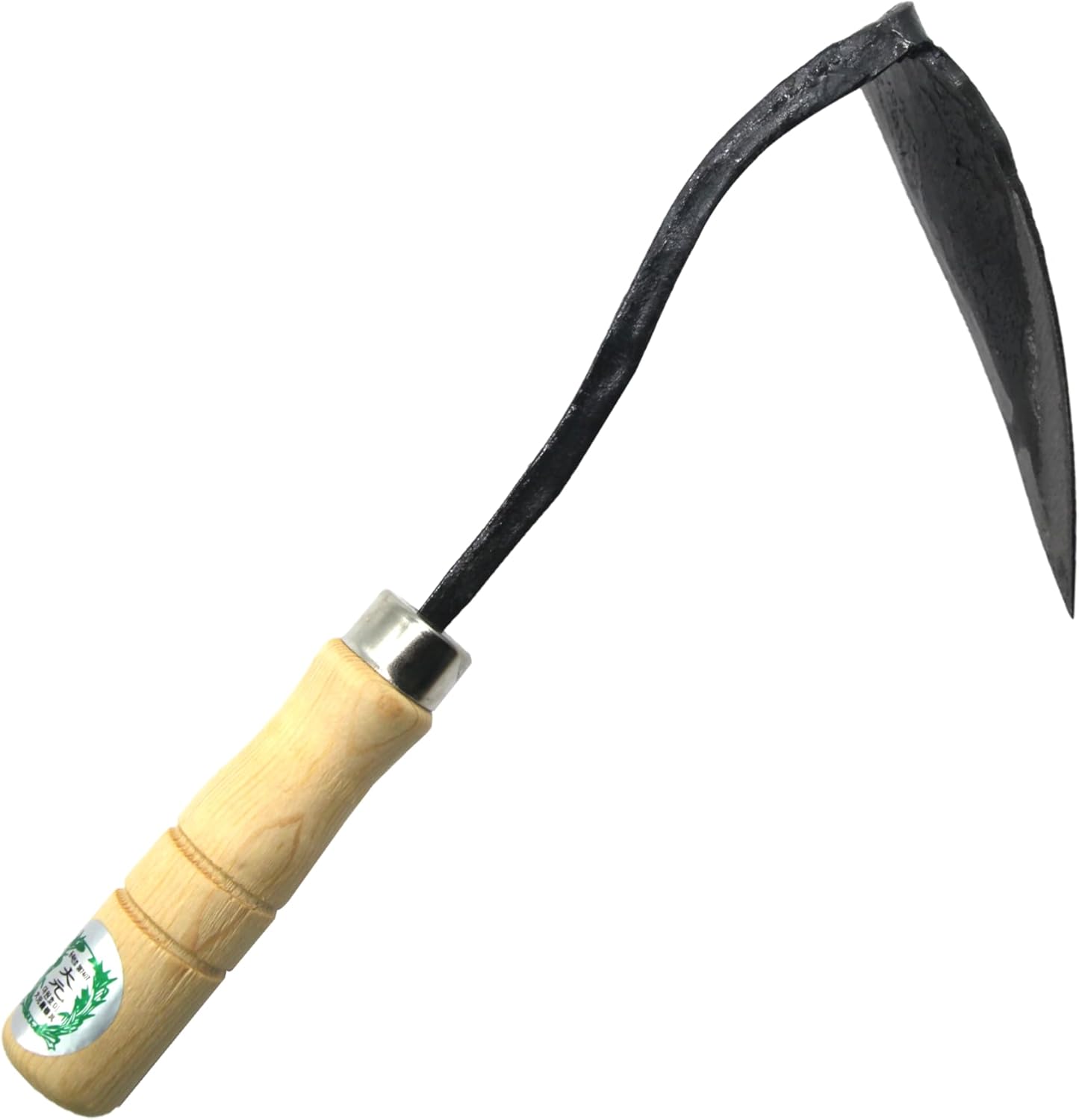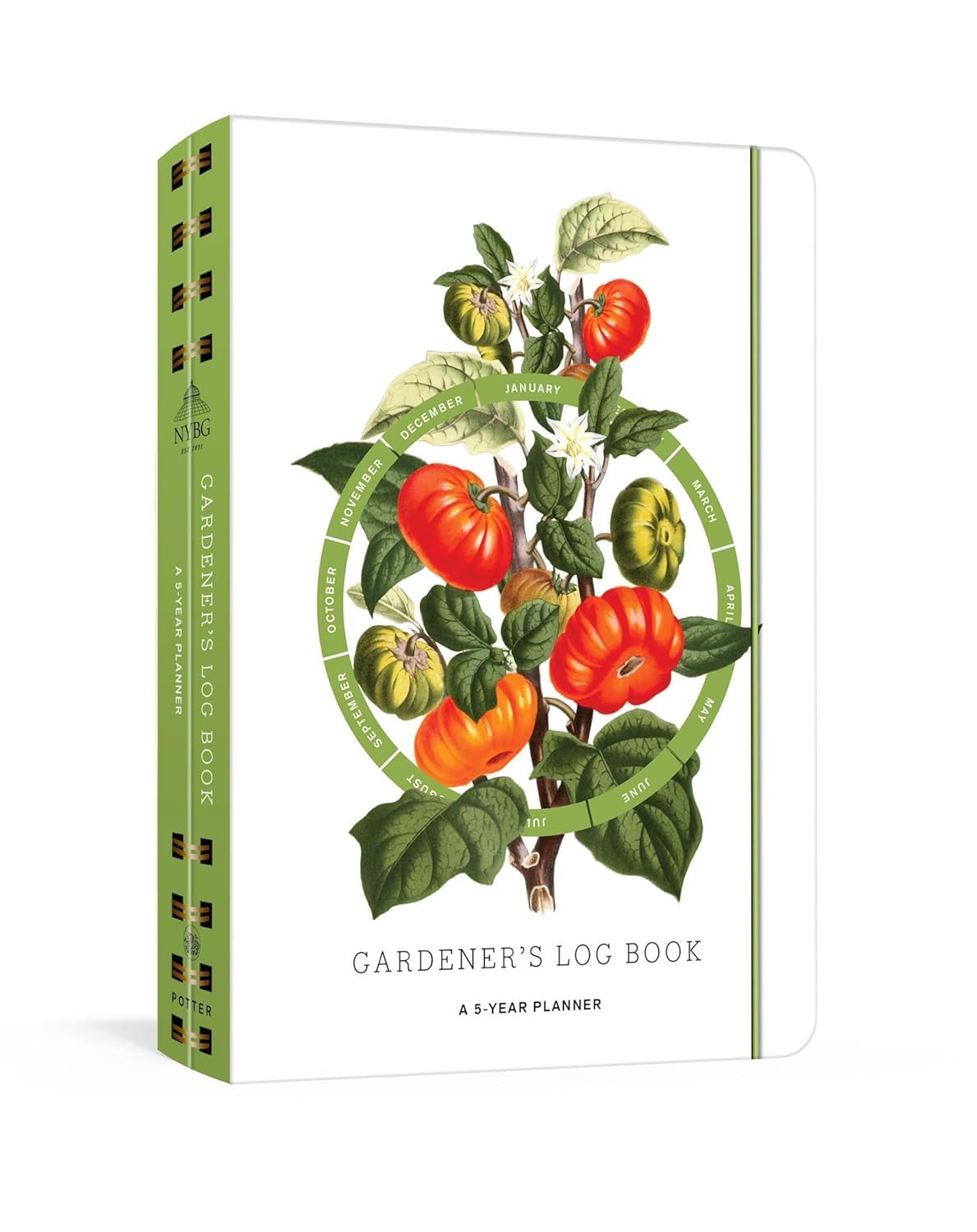
There is no doubt about it-summer squash is a prolific producer. Around here folks lock their car doors in midsummer, not to prevent theft but to keep gardeners from throwing their excess zucchini into the back seat. We avoid tiring of zucchini by growing a wide range of the tastiest summer squash varieties and harvesting them at their peak. By planting several succession crops, watering the root zone with the help of sunken pots, and smothering weeds with a cover crop, we reap a steady harvest from healthy plants over a long season. This keeps summer squash high on the list of favorites for the members of our community supported agriculture (CSA) farm, Five Springs Farm.
Begin succession planting when the soil warms
We keep summer squash in harvest throughout the season with succession plantings. We plant half our summer squash when the ground has thoroughly warmed up after the last frost. The soil temperature must be 65°F or higher for good germination. We used to start squash (which has very delicate roots) inside and transplant out after threat of frost, but we found that seeds planted along with the transplants matured at about the same time. If you need to plant inside because of cool soil, give each plant its own pot, and carefully transplant into the garden two weeks later. Squash plants are very tender and need protection if a late frost threatens.
A month after the first planting, we do a second sowing. If we can find the space, we will do an additional planting a few weeks after that. We pull out and compost the first plants as they slow down. This gives us young, strong, prolific plants until the first fall frost.
Sink pots for deep watering
When we plant squash in the late spring, we are already thinking ahead about how to make summer watering easier. We begin by sowing squash seeds in hills 4 feet apart, though some garden guides suggest that 3 feet is sufficient. To prepare the bed, we mark where the hills will be and dig a hole 2 feet deep by 1 or 2 feet wide. Summer squash requires fertile soil to support its large leaves and rapid growth, so we put in a couple of shovelfuls of compost and build a hill with the garden dirt dug from the hole. As we backfill the hole, we bury a 1-gallon nursery pot in the middle. Landscapers throw these pots away by the dozen, so it’s easy to find several for free. The rim of the pot should be an inch or two out of the ground when the hill is finished, and there should be no soil in the pot. We plant four to six seeds per hill, about 1 ⁄ 2 inch deep. We just poke them into the ground 2 to 3 inches away from the pots.

Once the seeds have germinated, we thin each hill to the two or three strongest plants. The plants turn a deep green when the squash roots hit the compost. As the plants grow larger, the sunken nursery pots give us the advantage of watering at root level. We also shovel some compost into the pots later in the season to give the plants compost tea as we water. Summer squash is a thirsty plant; we water in the nursery pots once or twice a week, even if there has been rain.
Fertilize and control weeds with hairy vetch
When the seedlings are up and thinned, it’s time to plant hairy vetch between the hills. The vetch prevents erosion and keeps the ground cooler on hot summer days. It also crowds out most weeds in the space between the hills. But its greatest virtue is that, as a legume, it changes the nitrogen in the air into a form that can be taken up by the squash plants, a process known as nitrogen fixation.
To plant the vetch, we broadcast the seeds thickly on bare ground, starting about 6 inches from the squash seedlings, then rake them in and tamp lightly with the back of the rake. We water frequently until the vetch is well established. During fall clean up, we turn it into the soil to enhance the bed for next year’s crop.
Cross section of a squash hill

To make watering easier, sink a pot in the ground at planting time and sow the squash seeds around the outside of the pot. When you fill the pot with water, it drains out the holes in the bottom , immediately reaching the roots of the plants. Plant a cover crop of hairy vetch around the hills to discourage weeds and feed the soil.
Timely harvests and tasty varieties
Zukes the size of baseball bats are impressive enough, but they’ve grown far beyond their best flavor. Since squash can grow rapidly, check plants daily when they start to produce. Keeping the squash picked promotes a steady supply. Summer squash that is too large becomes bland, but is still suitable for zucchini bread.
We’ve tried many varieties, and our longtime favorite is ‘Sunburst’. A yellow pattypan or scallopini type of summer squash, it is both attractive and tasty, especially when harvested at 2 to 4 inches. A Lebanese variety named ‘White Bush’ (also called Mid-East or cousa type) is a bulbous light-green squash with white speckles. It can be picked small but will not lose its flavor if left to get a little larger, around 7 to 8 inches. ‘White Bush’ is also useful as a stuffing squash.

‘Condor’ is a standard green zucchini known for its nutty flavor, perfect shape and color, and high yields. ‘Condor’ is best when harvested at 7 inches. We couldn’t resist a new zucchini this year called ‘Eight Ball’. T his shiny, speckled, dark squash is mature when it is a little larger than a pool ball. It is early (40 days) and compact, sweet, and tasty. To round out our varieties, we grow a standard yellow crookneck named ‘Sundance’, a prolific producer that can be harvested early (47 days) and continues to produce. Crookneck and straightneck squash should be harvested at 4 to 6 inches for the best flavor.
—J.M. and J.S.
Squash pests and diseases are a challenge
As the season progresses, one of the first concerns you may have is that the plants don’t appear to be setting fruit. Squash is not self-pollinating, so bees are important in the fruiting process. Also, don’t worry if the first few flowers don’t set fruit at all. Squash has male and female flowers, and the males usually bloom first.

Competition from weeds is usually not a problem for us because summer squash grows rapidly and has huge leaves that shade out weeds near the plants. By using the technique of interplanting the hills with vetch, we can effectively manage any weeds that may germinate.
There are several insects that do harm to our summer squash crops. One of the most serious is the squash bug, a dingy brownish insect 1 ⁄ 2 inch or more long, which has a very disagreeable odor when crushed. They resist most organic pesticides, so we handpick the bugs every couple of days to keep them in check. We look for their eggs, a little smaller than sesame seeds, shiny and orange-brown, usually clustered on the underside of the leaves. We scrape them off carefully but don’t worry if we damage the leaf a little in the process; the insect can do far more harm. We also keep an eye out for the nymphs, which look a little like gray, overgrown aphids. We handpick them also.
Cucumber beetles in the squash patch can spread bacterial wilt. They prefer cucumbers, so we can handpick (you have to be fast!) the few we find on squash. If the vines suddenly wilt, it could be a symptom of bacterial wilt. Remove the infected parts of the plant, but be sure to disinfect your pruners before using them again. There is no treatment for bacterial wilt, so it is important to monitor frequently for cucumber beetles.
Squash vine borer can also cause wilting leaves. If you suspect vine borer, look for a small hole near the base of the plant. We usually slit the vine from that point, destroy the borer, and then try to save the plant. Be on the lookout for the adult vine borer, a rather pretty, clear-winged moth with a red abdomen- a sure sign of borer activity.
As the plants age, the leaves often start to turn whitish, most likely from powdery mildew. The plants will still produce fruit for a while after this process begins, but this is the time when we are happy to have planted another crop of squash. Despite these pest and disease problems, succession plantings keep us far enough ahead of the game that we are supplied with summer squash until we have had our fill.
SOURCESThe following mail-order suppliers carry the best selection of the varieties mentioned in this article. Fedco Seeds, Pinetree Garden Seeds, Stokes, |
—Jo Meller and Jim Sluyter garden at Five Springs Farm , a CSA farm in northern Michigan. They publish “The Community Farm Newsletter.”
Photos except where noted: John Bray.
August 2000
from Kitchen Gardening #28
Fine Gardening Recommended Products

Ho-Mi Digger - Korean Triangle Blade
Fine Gardening receives a commission for items purchased through links on this site, including Amazon Associates and other affiliate advertising programs.

Gardener's Log Book from NYBG
Fine Gardening receives a commission for items purchased through links on this site, including Amazon Associates and other affiliate advertising programs.

Ashman Garden Cultivator (1Pack)
Fine Gardening receives a commission for items purchased through links on this site, including Amazon Associates and other affiliate advertising programs.
























Comments
Log in or create an account to post a comment.
Sign up Log in